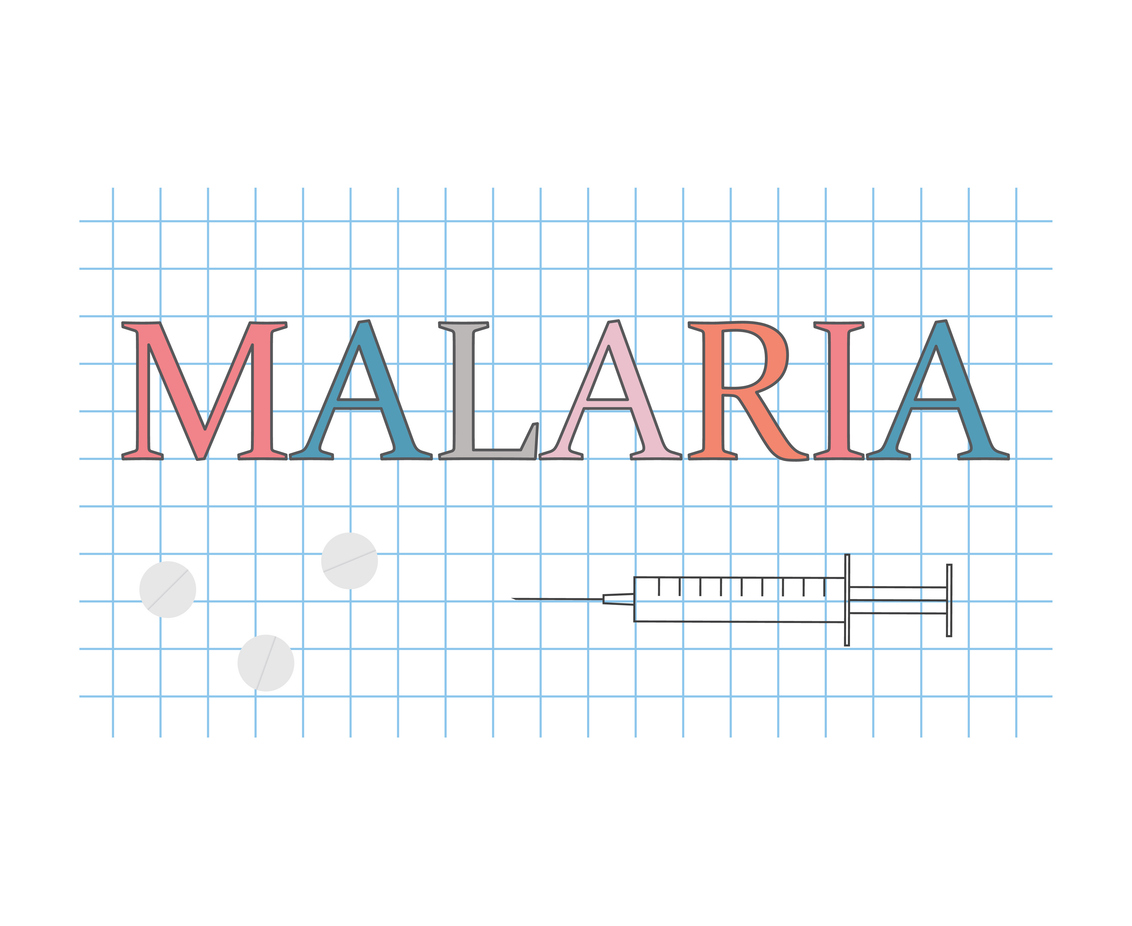2025-04-28
ACT to the rescue!
Public Health and Social Medicine
#PostpartumMalaria #MalariaPrevention #MaternalRisk #Artemisinin
#InnovativeStrategy #PublicHealth #EndemicAreas
In regions with high malaria prevalence, pregnant women are a high-risk group. Multiple targeted measures, such as intermittent preventive treatment during pregnancy and prompt management of symptomatic episodes, can be implemented. However, after childbirth, malaria prevention is often neglected—even though women remain vulnerable, and in some cases, even more exposed than before. Recent studies show that the risk of malaria increases in postpartum women compared to non-pregnant women. This is explained by pregnancy-related immune suppression, close contact with the baby, and discontinuation of preventive treatments. This risk concerns both symptomatic malaria and asymptomatic infections, which can worsen maternal anemia and lead to complications for both mother and child.
Despite growing recognition of this problem, international and national guidelines still focus mainly on the prenatal period, and few protocols recommend active measures for the postpartum period. This lack of consensus leaves thousands of women insufficiently protected, even though postpartum malaria is associated with significant maternal morbidity, especially in many endemic countries.
Given this context, new prevention strategies must be evaluated. Among them, the preventive administration of an artemisinin-based combination therapy (ACT) at the time of delivery appears promising. Widely used to treat malaria episodes, ACT could play a key role by providing immediate protection during a period when maternal immunity is not yet fully restored. Testing this innovative approach addresses an unmet clinical and public health need, crucial for reducing the malaria burden among postpartum women in high-risk areas.
To evaluate this new prevention strategy, an open-label randomized controlled trial was conducted in Papua New Guinea, a region with a high malaria burden. Healthy women who had just given birth were assigned to two groups:
Monthly follow-up was carried out for six months, including systematic malaria screening and hemoglobin monitoring. The primary objective was to measure the incidence of malaria confirmed by blood smear in the six months following delivery.
The results show that administration of ACT at delivery halved the risk of postpartum malaria (21% with ACT vs. 38% without treatment), with equivalent efficacy between the two ACT regimens tested. Improvement in hemoglobin levels was similar in both groups, indicating that ACT does not provide additional benefit for correcting anemia. Furthermore, ACT was well tolerated, causing only mild and transient side effects comparable to those seen in untreated women. However, the rate of submicroscopic infections—detected only by PCR—remained high in all groups.
Postpartum malaria remains a frequent and potentially severe condition in areas of high endemicity, contributing to both maternal and infant morbidity. Despite progress made during pregnancy, the period after childbirth continues to be marked by increased vulnerability in the absence of specific preventive strategies. Major challenges include the persistence of asymptomatic infections that are hard to detect, the lack of postpartum recommendations in most protocols, and the need to adapt any intervention to local contexts and health system capacities.
In this context, the aim of this study was to evaluate the effectiveness of a single course of ACT administered immediately after delivery in reducing the risk of malaria over the following six months. The study also assessed the impact of this treatment on maternal anemia and its safety.
Adding a course of ACT at hospital discharge appears to be a promising avenue to strengthen malaria prevention in postpartum women. The results confirm that this treatment reduces the incidence of postpartum malaria by half, with no significant effect on maternal anemia, and that both regimens are well tolerated. However, protection declines beyond two months, likely due to the pharmacokinetics of the drugs used. High rates of submicroscopic infection and no benefit for anemia correction were noted.
In addition, the intensive follow-up required by the study differs from usual practices in the field, and the study does not resolve the issue of repeated or prolonged dosing regimens. Further research is needed to determine the optimal strategy (dose, frequency, target), test feasibility in real-world conditions, and measure the long-term impact on maternal health. Tailoring interventions to local contexts and ensuring close follow-up will be essential to maximize public health benefits.
In regions with high malaria prevalence, pregnant women are a high-risk group. Multiple targeted measures, such as intermittent preventive treatment during pregnancy and prompt management of symptomatic episodes, can be implemented. However, after childbirth, malaria prevention is often neglected—even though women remain vulnerable, and in some cases, even more exposed than before. Recent studies show that the risk of malaria increases in postpartum women compared to non-pregnant women. This is explained by pregnancy-related immune suppression, close contact with the baby, and discontinuation of preventive treatments. This risk concerns both symptomatic malaria and asymptomatic infections, which can worsen maternal anemia and lead to complications for both mother and child.
Despite growing recognition of this problem, international and national guidelines still focus mainly on the prenatal period, and few protocols recommend active measures for the postpartum period. This lack of consensus leaves thousands of women insufficiently protected, even though postpartum malaria is associated with significant maternal morbidity, especially in many endemic countries.
Given this context, new prevention strategies must be evaluated. Among them, the preventive administration of an artemisinin-based combination therapy (ACT) at the time of delivery appears promising. Widely used to treat malaria episodes, ACT could play a key role by providing immediate protection during a period when maternal immunity is not yet fully restored. Testing this innovative approach addresses an unmet clinical and public health need, crucial for reducing the malaria burden among postpartum women in high-risk areas.
ACT at delivery: shield or mirage?
To evaluate this new prevention strategy, an open-label randomized controlled trial was conducted in Papua New Guinea, a region with a high malaria burden. Healthy women who had just given birth were assigned to two groups:
- One group received no treatment;
- The other group received a single course of ACT (either artemether-lumefantrine or dihydroartemisinin-piperaquine).
Monthly follow-up was carried out for six months, including systematic malaria screening and hemoglobin monitoring. The primary objective was to measure the incidence of malaria confirmed by blood smear in the six months following delivery.
The results show that administration of ACT at delivery halved the risk of postpartum malaria (21% with ACT vs. 38% without treatment), with equivalent efficacy between the two ACT regimens tested. Improvement in hemoglobin levels was similar in both groups, indicating that ACT does not provide additional benefit for correcting anemia. Furthermore, ACT was well tolerated, causing only mild and transient side effects comparable to those seen in untreated women. However, the rate of submicroscopic infections—detected only by PCR—remained high in all groups.
Postpartum malaria: the end of a blind spot?
Postpartum malaria remains a frequent and potentially severe condition in areas of high endemicity, contributing to both maternal and infant morbidity. Despite progress made during pregnancy, the period after childbirth continues to be marked by increased vulnerability in the absence of specific preventive strategies. Major challenges include the persistence of asymptomatic infections that are hard to detect, the lack of postpartum recommendations in most protocols, and the need to adapt any intervention to local contexts and health system capacities.
In this context, the aim of this study was to evaluate the effectiveness of a single course of ACT administered immediately after delivery in reducing the risk of malaria over the following six months. The study also assessed the impact of this treatment on maternal anemia and its safety.
Adding a course of ACT at hospital discharge appears to be a promising avenue to strengthen malaria prevention in postpartum women. The results confirm that this treatment reduces the incidence of postpartum malaria by half, with no significant effect on maternal anemia, and that both regimens are well tolerated. However, protection declines beyond two months, likely due to the pharmacokinetics of the drugs used. High rates of submicroscopic infection and no benefit for anemia correction were noted.
In addition, the intensive follow-up required by the study differs from usual practices in the field, and the study does not resolve the issue of repeated or prolonged dosing regimens. Further research is needed to determine the optimal strategy (dose, frequency, target), test feasibility in real-world conditions, and measure the long-term impact on maternal health. Tailoring interventions to local contexts and ensuring close follow-up will be essential to maximize public health benefits.
Read next: A race against time for a vaccine?

Last press reviews
The vaccine that challenges the standards

#Malaria #Vaccination #GA2 #AttenuatedParasites <br><br>
Vaccine vs. SMC: rivals or partners?

#MalariaVaccine #R21MatrixM #Malaria #Vaccination #SMC #InsecticideTreat...